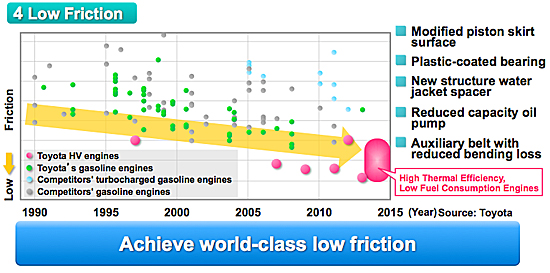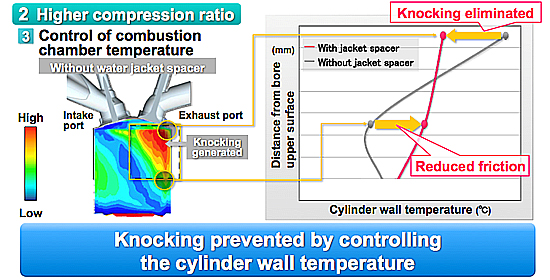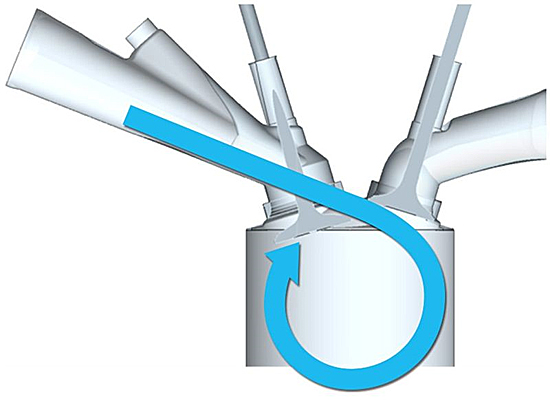Wait a minute,” you must be saying. “Haven’t we been hearing from the oil industry and from government and international agencies that worldwide oil production has been increasing in the last several years?” The answer, of course, is yes. But, the deeper question is whether this assertion is actually correct.
Here is a key fact that casts doubt on the official reporting:When the industry and the government talk about the price of oil sold on world markets and traded on futures exchanges, they mean one thing. But, when they talk about the total production of oil, they actually mean something quite different–namely, a much broader category that includes all kinds of things that are simply not oil and that could never be sold on the world market as oil
I’ve written about this issue of the true definition of oil before. But Texas oilman Jeffrey Brown has been bending my ear recently about looking even deeper into the issue. He makes a major clarifying point: If what you’re selling cannot be sold on the world market as crude oil, then it’s not crude oil. It’s such a simple and obvious point that I’m ashamed to have missed it. And, Brown believes that if we could find data that separates all these other non-crude oil things out, the remaining worldwide production number for crude oil alone would be flat to down from 2005 onward.
Brown says the current dual approach to price and supply is like asking the butcher the price of steak, and then, instead of finding out how much steak he has to sell, you inquire about how much beef in total he has on hand–which will, of course, include roasts and ground meat. And, then you proceed to calculate the butcher’s total supply of steak by lumping everything together and simply calling it steak.
“Basically, crude oil peaked [in 2005], but natural gas and natural gas liquids [including lease condensate] didn’t,” he believes. Natural gas production has continued to grow, and as it has, its coproducts have also grown–many of which have been lumped in with the oil production statistics.
The general message from the oil industry is that the free market should determine what’s best for our energy economy. There is much to dispute in this view. But, if we take the industry at its word, then we should see what Mr. Market has to say about all the things the industry lumps into total oil production.
Here’s what’s being added to underlying crude oil production and labeled as oil by the oil companies and reporting agencies:
- Biofuels – Essentially ethanol and biodiesel.
- Natural gas plant liquids – Butane, ethane, pentanes, propane and other non-methane components of raw natural gas.
- Lease condensate – Very light hydrocarbons gathered on leased production sites from both oil and natural gas wells, often referred to as “natural gasoline” because it can in a pinch be used to power gasoline engines though it doesn’t have the octane of gasoline produced at refineries.
- Refinery gain – The most puzzling addition of all to crude oil supply calculations. This is merely the increase in the volume of refinery outputs such as gasoline, diesel and jet fuel versus the volume of crude oil inputs. It is due entirely to the expansion of the liquids produced, but indicates no actual gain in energy. In fact, great gobs of energy are EXPENDED in the refinery process to give us what we actually want.
Let’s see if any of these non-oil things are acceptable as oil at major exchanges. Perhaps the most recognizable oil futures contract is the so-called Light Sweet Crude Oil contract. The exchange sponsoring that contract details in seven pages (of a much longer rulebook) what is acceptable to deliver to those who choose to take delivery on their contracts.
A search for three of the four items (and their subitems) listed above predictably comes up empty. But, the search for lease condensate produces a hit. Here’s what the exchange says about lease condensate when discussing acceptable delivery of oil: “For the purpose of this contract, condensates are excluded from the definition of crude petroleum.”
It’s true that some lease condensate does make its way into the crude oil production stream of refineries. But, its contribution is small and because of its chemical structure, it’s not very versatile compared to crude oil which can be refined not only into gasoline, but also diesel and jet fuel which are more valuable to refiners. Typically, crude oil blended with lease condensate is discounted to refiners in recognition of its lower value. (For the technically minded, this excellent article explains the growth and uses of lease condensate.)
It’s worth noting that the same futures exchange that sponsors the Light Sweet Crude Oil contract has separate contracts for biofuels.
Maybe across the ocean in Great Britain where the world’s other premiere crude oil futures contract is traded, the exchange is a bit more forgiving. Alas, the exchange sponsoring Brent Crude is exceedingly picky about what it will accept as proper delivery to those who take delivery on their contracts. The exchange accepts crude from only four North Sea fields: Brent, Forties, Oseberg and Ekofisk.
This look at what the market actually prices as oil tells us a lot about why Brent Crude, for example, has been trading at the highest average daily price ever for three years running, higher than even 2008, the year of the nominal all-time price peak.
So, if oil production hasn’t really been growing or at least not growing much in the last several years, what’s all the hoopla about? As petroleum geologist and consultant Art Berman likes to say, it’s a retirement party. There is one last, very difficult, costly and energy-intensive store of oil in low-quality deep shales containing crude. These shales–which are accessed using hydraulic fracturing or fracking–would never have been tapped if we were not already seeing a decline in the production of conventional, easy-to-get crude oil, the kind I refer to as Beverly Hillbillies bubbling crude as seen in the opening credits of the popular 1960s sitcom of that name.
The oil from deep shales (properly called “tight oil”) is allowing production to grow in the United States even as production sinks elsewhere in the world. Other countries having shales containing oil will likely try to exploit them. But, the retirement party will only be a few years later for them as a result.
Despite what the public is being led to believe, oil wells in deep shales suffer from very high annual production decline rates–40 percent per year compared to the worldwide average of 4 percent. This implies that swiftly rising production will be followed by equally swiftly declining production in a compressed time frame–a classic boom-bust pattern.
Okay, so what do the worldwide oil production numbers actually look like if we strip out all the non-oil componen
ts? Well, we don’t actually know. Brown has been unable to find such numbers anywhere. While the search continues, he thought he’d do a back-of-the-envelope calculation of his own. Here’s what he came up with:
Estimated Global Crude Oil Production
2002 to 2012 in million barrels per day
2002: 60
2003: 62
2004: 65
2005: 67
2006: 65
2007: 65
2008: 66
2009: 64
2010: 66
2011: 65
2012: 67
(For the technically minded, here are the assumptions behind his numbers: The global condensate to crude plus condensate ratio was 10 percent for 2002 to 2005–versus 11 percent for Texas in 2005–and condensate production increased at the same rate as the rate of increase in global dry processed gas production from 2005 to 2012, 2.8 percent per year, according to the U.S. Energy Information Administration. Crude oil is defined as oil with an API gravity of 45 or less per RBN Energy. Data are rounded off to two significant figures.)
This is really a guess based on incomplete information. But if Brown is roughly correct, his estimate explains why crude oil prices remain near record levels (based on the average daily price) despite all the talk about abundance and an oil renaissance in the United States. Simply put, there is no new abundance. Oil supplies remain constrained.
This does not deny that natural gas production continues to grow and that natural gas and its coproducts (butane, ethane, propane, and pentanes) are useful. But our current infrastructure is desperate for oil, particularly the transportation sector which is still dominated by oil derivatives. Some substitution in various areas including transportation and chemical feedstocks is taking place. But the rate is slow and the conversion can be costly.
Moreover, the energy content per unit of volume is significantly lower for natural gas plant liquids, between 30 and 40 percent lower than crude oil. To say that barrels of butane are equivalent to barrels of crude oil is more than just a rounding error.
Brown says the reason for the seeming stall in world oil production is actually quite simple. The remaining oil is harder to extract. We’ve taken the easy oil out of the Earth first. He explains that in the seven years ending in 2005, the oil industry invested $1.5 trillion on finding and developing new oil and natural gas fields and the capacity to refine and distribute the products that come from them. During that period oil production consistently rose. In the seven years after 2005 the industry spent $3.5 trillion for what Brown believes is no net increase in the production rate of actual, honest-to-god crude oil.
The notion that oil is becoming abundant all over again is contradicted by the levitating price and by the evidence that actual worldwide crude oil production is either flat or growing at an infinitesimal rate. But the industry doesn’t want the public or policymakers to know this because the current belief in abundance tends to slow down an energy transition away from fossil fuels and toward renewables.
That transition must come sooner or later. But the industry would like to see it come later. And, if policymakers are fooled by the abundance story, that transition will almost certainly come later.
http://peakoil.com/production/did-crude-oil-production-actually-peak-in-2005







